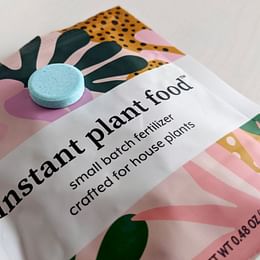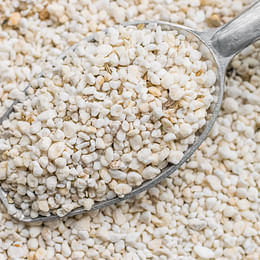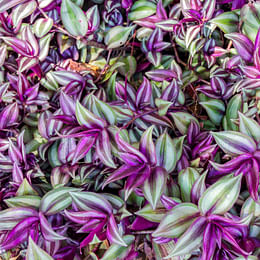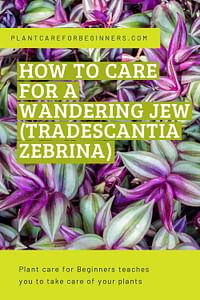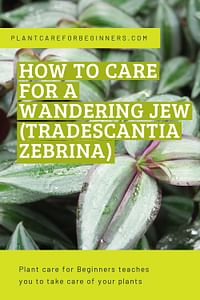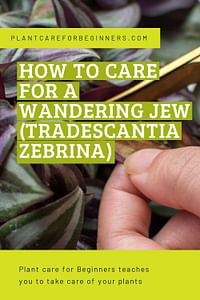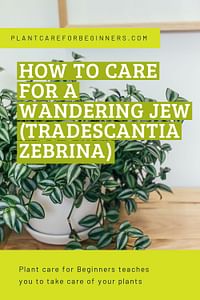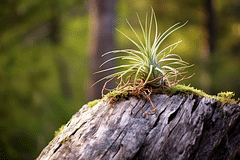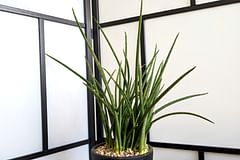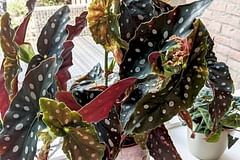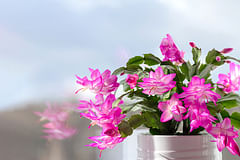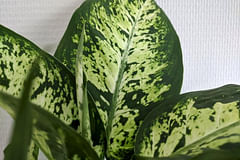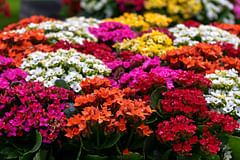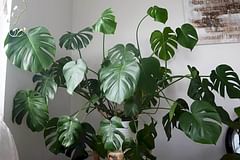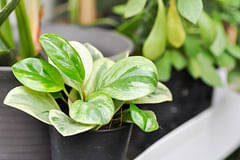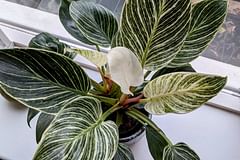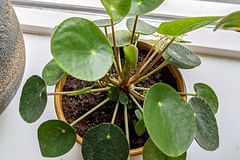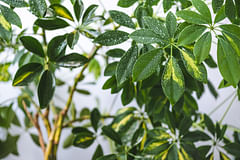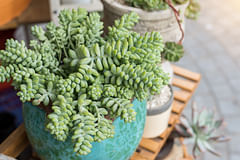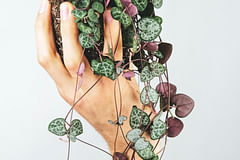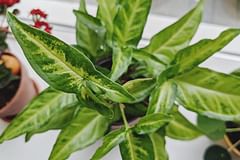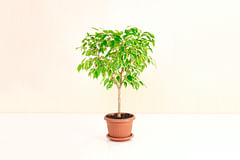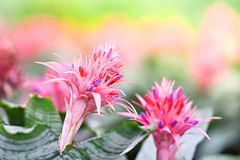How to care for the Tradescantia zebrina
Learn how to take care of your Tradescantia zebrina with easy-to-follow tips and set yourself up for success. From watering and sunlight requirements to repotting advice and common pest information - this plant care guide will have you caring like a pro in no time!
Last updated on:
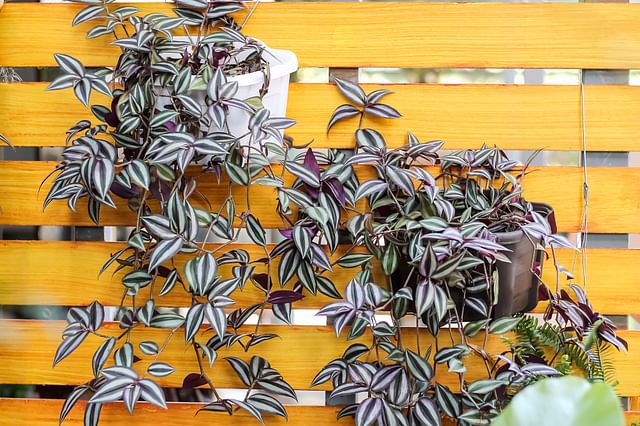 You might have seen the Tradescantia zebrina plant around before, they're colorful houseplants with small purple, patterned leaves that, as the name suggests, grow horizontally.
You might have seen the Tradescantia zebrina plant around before, they're colorful houseplants with small purple, patterned leaves that, as the name suggests, grow horizontally.
Taking care of a Tradescantia zebrina plant is an exciting experience that can bring color and texture to your living spaces. With the right care, this houseplant with unusual colors and patterns will thrive in or around your house.
In this plant care guide, we're going to look at these aspects of taking care of your Tradescantia:
I'll help you make sure your Tradescantia zebrina stays healthy and beautiful for years to come. I've already helped almost 4 million people to properly take care of their plants through my expertise and detailed care guides, so you're in good hands!
Ready to learn how to take care of your Tradescantia zebrina plant, from choosing the right plant pot and light conditions to proper watering, soil, and fertilizer needs? Let's get started!
How often should you water the Tradescantia zebrina?
One of the most important parts of taking care of plants is to water them correctly. You should water your Tradescantia regularly to make sure the soil doesn't dry out completely. The Tradescantia prefers its soil to be lightly moist at all times, so it's important to find a balance between dry and soggy.
It's time to water your Tradescantia when the top inch of the soil is dry, but before all of the soil has dried out. If you water before the top of the soil has dried out, you risk overwatering your Tradescantia, which could lead to root rot.
On average, you should water your Tradescantia once every 7 days, but this could be more or less often if your living space is particularly dry, warm, humid, or cool. Before you water your plant, make sure to check if the top of the soil is dry. If not, just wait a few more days and try again.
When you water your Tradescantia, it's best to water the plant with enough water so that the top inch of soil becomes slightly moist and there are no standing puddles of water in the plant pot. These standing puddles will lead to root rot, which is why I recommend you use a pot with a drainage hole to grow this plant.
What are the signs of overwatering for the Tradescantia zebrina?
If you've accidentally overwatered your plant, your Tradescantia might show you some signs of trouble. The signs might be a little difficult to identify right away though.
The plant's leaves may start to yellow or wilt, and new growth may be stunted. More significantly, the plant's roots will start to rot if overwatered. You'll know the plant has root rot if the soil starts to smell funky.
What are the signs of underwatering for the Tradescantia zebrina?
The signs of underwatering for the Tradescantia zebrina plant are usually more obvious than those from overwatering. These signs include drooping or wilting leaves, and brown or pale patches on the plant's foliage.
What are the sunlight requirements for the Tradescantia zebrina?
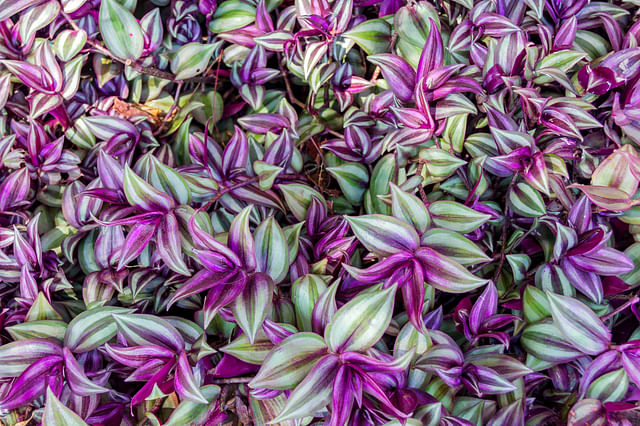
After watering, the right sunlight exposure is the most important thing to get right. The Tradescantia zebrina thrives in bright indirect light, but can also tolerate low light conditions.
The best place to put your Tradescantia is a spot that gets bright but indirect light, such as near a south-facing window, but never in direct sunlight. This plant can also tolerate low light conditions, so if you don't have access to bright indirect light, it's possible to keep your plant in partial shade as well.
What are the signs of too much sunlight for the Tradescantia zebrina?
The signs of too much sun for the Tradescantia zebrina are burned spots and faded foliage. If your plant is exposed to too much sun, its leaves may develop yellow, brown, or whitish spots. The plant's stems and leaves may also dry out quickly, as they won't be able to retain moisture.
What are the signs of too little sunlight for the Tradescantia zebrina?
The signs of too little sunlight for the Tradescantia zebrina are generally slower or stunted growth and pale or yellowish leaves. The plant may also become limp and fragile, due to its leaves not being able to photosynthesize properly. Without enough light, the plant won't be able to produce the energy it needs to grow and flourish.
Where should I place the Tradescantia zebrina in my house?
The best place to place your Tradescantia zebrina is somewhere where it can get access to bright, indirect light. This plant prefers warm temperatures and humidity, so a spot near a south-facing window is ideal.
This ideal spot also has a constant temperature throughout the day without any hot or cold air drafts. It's best to keep the plant away from vents, air conditioners, and radiators, as these can damage its delicate leaves.
What is the best soil for my Tradescantia zebrina?
The best soil for the Tradescantia zebrina is one that offers good drainage and air circulation. A lightweight potting mix with equal parts of perlite or coarse sand, peat moss, and general potting soil is ideal for growing a Tradescantia.
These ingredients will hold onto moisture for a few days, but also allow for any excess water to escape to the bottom of the pot quickly. Soil that is moist most of the time tends to compact over time, so the perlite and peat moss helps to provide the soil with structure. These ingredients will help the soil stay light and airy for longer.
This light and airy soil helps to drain excess water quickly, lets oxygen flow freely to the plant's roots, and can help to reduce the risk of root rot.
How often should I repot my Tradescantia zebrina?
It's recommended to repot your Tradescantia zebrina every two years, or when the plant has outgrown its pot. You'll know the Tradescantia has outgrown its pot when the roots start to grow out of the bottom of the pot and when they're circling the bottom of the pot.
When it's time to repot, make sure you use a new pot with drainage holes and lightweight soil that offers good air circulation and drainage. Choose a pot that is one size larger than the current pot, around 2.5 cm (1 inch) larger on all sides.
After you've repotted your plant, water your plant thoroughly and give it a bright spot to grow. In the first weeks it'll need to adjust to its new growing environment, so be extra careful with watering your plant (too much) and giving it too much sunlight.
What is the ideal temperature range for the Tradescantia zebrina?
The ideal temperature range for the Tradescantia zebrina is between 16-27°C (60 - 80°F). The Tradescantia thrives in warm, but not hot temperatures. It is important to avoid drastic temperature changes and drafts, as this can stress the plant out and this makes it more vulnerable to pests.
If you're planning on growing the Tradescantia outside, it is important to protect the plant from freezing temperatures, as it will die once it's exposed to frost. If you live in an area with colder winters, be sure to move your plant indoors before winter arrives.
How much humidity does the Tradescantia zebrina need?
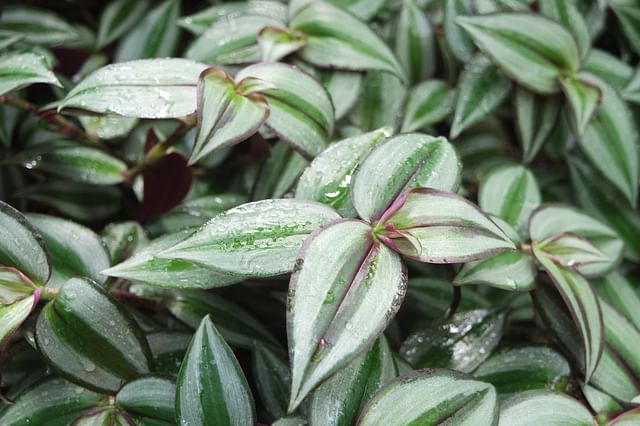
The Tradescantia zebrina prefers higher levels of humidity, so ideally you'd place it in a room where the humidity is quite high, between 50 - 70%. Most rooms in your house will have humidity levels this high during the summer, but you might need to take some extra steps during the winter.
If the environment is too dry, you can mist your plant regularly or place the pot on top of a tray filled with moist pebbles to help increase the humidity around the plant. Also make sure to keep your plant away from heating vents and radiators which will evaporate any extra moisture in the air.
How often should you fertilize the Tradescantia zebrina?
The Tradescantia doesn't need to be fertilized to stay healthy, but you can help it to grow a little more quickly by fertilizing it a little. The best time to fertilize the Tradescantia is at the beginning of spring and at the beginning of the summer.
During the fall and winter months, you shouldn't fertilize the plant at all, as the plant needs less nutrition when it is in its dormant period. The fertilizer will stay behind in the soil if you apply it during this time of year, which could cause burns on your plant's roots.
What is the best fertilizer for my Tradescantia zebrina?
The best fertilizer for a Tradescantia zebrina is one that provides balanced nutrients, such as all-purpose liquid plant food. All fertilizers are different, so make sure to follow any instructions on the label on how to use the fertilizer with your plants.
How often should I prune my Tradescantia zebrina?
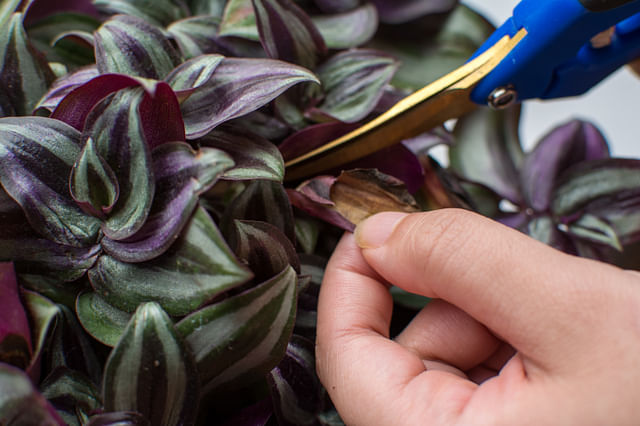
It's recommended to prune your Tradescantia zebrina regularly to encourage new growth and a better appearance. The Tradescantia grows quickly and will benefit from regular pruning, which helps it to maintain its vibrant, healthy look.
Make sure to trim away any yellow or brown leaves that may appear, and use clean scissors or plant pruning shears to avoid damaging the plant.
Finally, make sure you throw away all trimmings immediately as they could be harmful if ingested by animals or young children.
How do I prune my Tradescantia zebrina?
When pruning your Tradescantia zebrina, always use clean plant pruning shears or scissors to avoid transferring any diseases. You should start by cutting off any yellowing, browning, or wilting leaves from the plant as these are signs of a plant in distress.
Next, you should trim away any stray stems or vines to maintain the plant's shape. Finally, make sure that you never remove more than one-third of the plant when pruning, as this can be damaging to the plant.
How do I propagate my Tradescantia zebrina?
The Tradescantia zebrina can be easily propagated using stem cuttings. To begin, use a sharp and sterile pair of scissors or plant pruning shears to cut a healthy stem from the plant. Make sure that the cutting includes at least two leaves, as this will help it to root quickly.
Next, place the cutting in a cup or jar of water and make sure that it is kept in a warm, well-lit area. After several weeks, roots should start to form and you can plant your new Tradescantia zebrina plant in potting soil.
What are common pests for the Tradescantia zebrina?
The Tradescantia zebrina is quite tough and doesn't suffer from pests very often. However, you can spot a variety of pests, including aphids and spider mites. These pests can be difficult to spot because they are so small and often hide in the plant's foliage.
Aphids are one of the most common pests for Tradescantia zebrina plants and they can be identified by their green, pear-shaped bodies. Spider mites, on the other hand, are very small and create webs between plant leaves.
If you notice any of these pests on your Tradescantia zebrina, it is important to act quickly and use an appropriate insecticidal soap or neem oil solution.
The best way to prevent pests on your Tradescantia is to keep the plant healthy and well-maintained. Make sure to check for any signs of pests or damage regularly, as this will allow you to treat the plant before it's too late.
Is the Tradescantia zebrina toxic for cats and dogs?
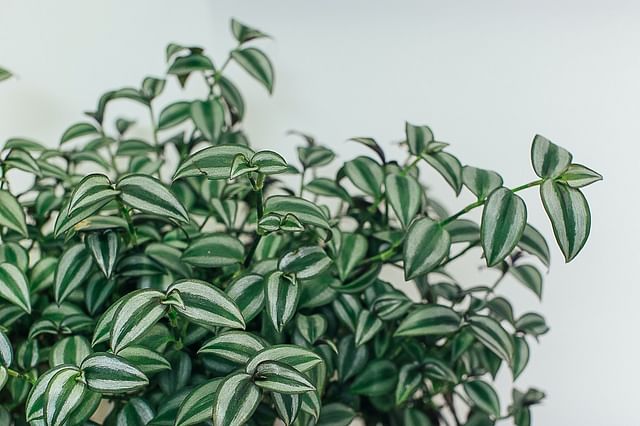
The Tradescantia zebrina is not toxic but does cause skin irritation in cats, dogs, and people. The sap might not be toxic, but it could still cause irritation in the digestive tract of your cat or dog when ingested, so you should still be careful with keeping pets and small children around this plant.
To keep your pets safe, be sure to keep the plant out of their reach. If you think that your pet has ingested any part of the plant, contact your veterinarian to ask for advice.
By following the plant care tips outlined above, you can have a happy and healthy Tradescantia zebrina plant in your home for many years to come! From propagating cuttings to preventing pests and keeping pets safe, plant care doesn't have to be complicated.
By following these plant care tips and keeping an eye out for any signs of distress, you can ensure that your plant is in the best possible condition. With a little bit of knowledge and effort, you can become a plant-care expert in no time!
Thank you for reading this post! I hope it helps you to keep your plants healthy and beautiful! If you're looking for more guides on specific plants, you can always request a plant guide to get a guide for the plant you have trouble with.
Tags: beginner-friendly, Plant care tips
Posted on: Mar 11, 2023 Last updated on: Mar 20, 2023